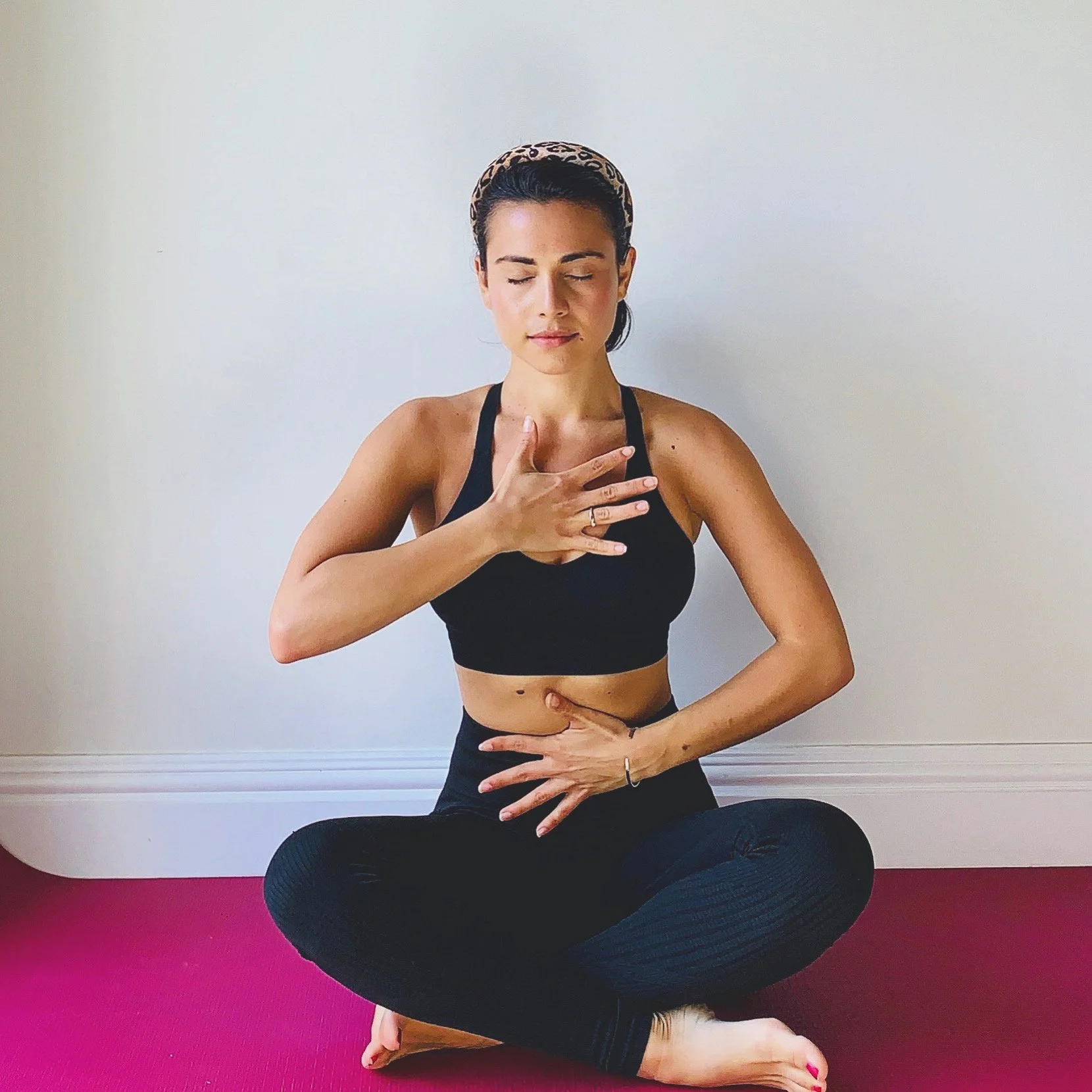5 Poses for aiding Digestion this Christmas
Christmas is around the corner and is often a time when we like to indulge in chocolate, Yorkshire puddings, roast potatoes and copious amounts of cheese (yes please), which is delightful but can often upset our bodies digestion. Add on the extra alcohol we often consume during this time and it’s a recipe for bloating and feeling uncomfortably full. Here are 5 of my favourite poses you can practice to help aid the bodies natural digestive process:
Legs up the wall
Legs Up the Wall, or Viparita Karani, is a restorative yoga pose that involves lying on your back with your legs extended vertically against a wall. This pose is believed to aid digestion by promoting relaxation, reducing stress, and improving blood circulation. Additionally, the gentle inversion stimulates the parasympathetic nervous system, which promotes a state of rest and digest, facilitating optimal digestion. To perform Legs Up the Wall, find an open space near a wall, lie on your back, and extend your legs upward, resting them against the wall. Keep your arms by your sides, palms facing up, and breathe deeply, allowing your body to relax in this passive and rejuvenating pose. It's recommended to hold the pose for 5-15 minutes for maximum benefits.
Diaphragmatic breathing
Diaphragmatic breathing, also known as belly breathing or abdominal breathing, is a technique that involves using the diaphragm to promote relaxation, reduce stress, and enhance overall well-being. Diaphragmatic breathing aids digestion by activating the parasympathetic nervous system, which is responsible for the "rest and digest" response. When the body is in a relaxed state, digestion functions more effectively. To practice diaphragmatic breathing, find a comfortable seated or lying position. Place one hand on your chest and the other on your abdomen. Inhale deeply through your nose, allowing your abdomen to expand as your diaphragm contracts. Exhale slowly through your mouth, feeling your abdomen contract. Focus on making each breath slow, deep, and controlled.
Deep Folds
Forward folds in yoga, like Uttanasana, enhance digestion by increasing blood flow to the abdominal area, promoting oxygenation and nutrient delivery to digestive organs. The poses also provide a gentle massage to the abdominal organs, stimulating peristalsis and aiding the movement of food through the digestive tract. Additionally, the calming effect of forward folds helps activate the parasympathetic nervous system, supporting the "rest and digest" response and reducing stress, which can positively impact digestion. To practice a simple Standing Forward Bend (Uttanasana), stand with your feet hip-width apart. Inhale as you lift your arms overhead, and exhale as you hinge at the hips, folding forward and bringing your hands toward the floor or shins. Allow your head to hang freely. Hold the pose for several breaths, breathing deeply. To come out, inhale and slowly roll up to a standing position.
Twists
Twisting yoga poses, such as Ardha Matsyendrasana (Half Lord of the Fishes Pose) and Bharadvajasana (Bharadvaja's Twist), offer benefits for digestion by wringing out the abdominal organs. These poses involve a rotational movement that compresses and then releases the organs, which can aid in the elimination of waste and toxins. Twists also stimulate blood flow to the digestive organs, enhancing their function and promoting a more efficient digestive process. The combination of compression, release, and increased circulation in twisting poses contributes to improved digestion and can help alleviate digestive discomfort.
Malasana/ Yogi squat
Malasana, also known as Garland Pose or Yogi Squat, is a yoga pose that can benefit digestion by promoting a healthy alignment of the pelvis and encouraging relaxation in the lower abdomen. The squatting position in Malasana can help relieve constipation and improve the efficiency of the digestive system. To perform Malasana:
Start in a standing position with feet slightly wider than hip-width apart.
Turn your toes slightly outward and lower your body into a squatting position, bringing your hips toward the ground.
Keep your chest lifted, and bring your palms together at your heart in a prayer position.
Use your elbows to press your knees gently outward, creating space in the pelvis.
Engage your core and relax your lower back.
Hold the pose for several breaths, aiming to deepen the stretch over time.
I have a full Yoga flow for Digestion available for free when you sign up to our mailing list by clicking here.
We also have plenty of classes to choose from on Sculpt & Flow helping to aid our digestion. Access today when you become a member.




